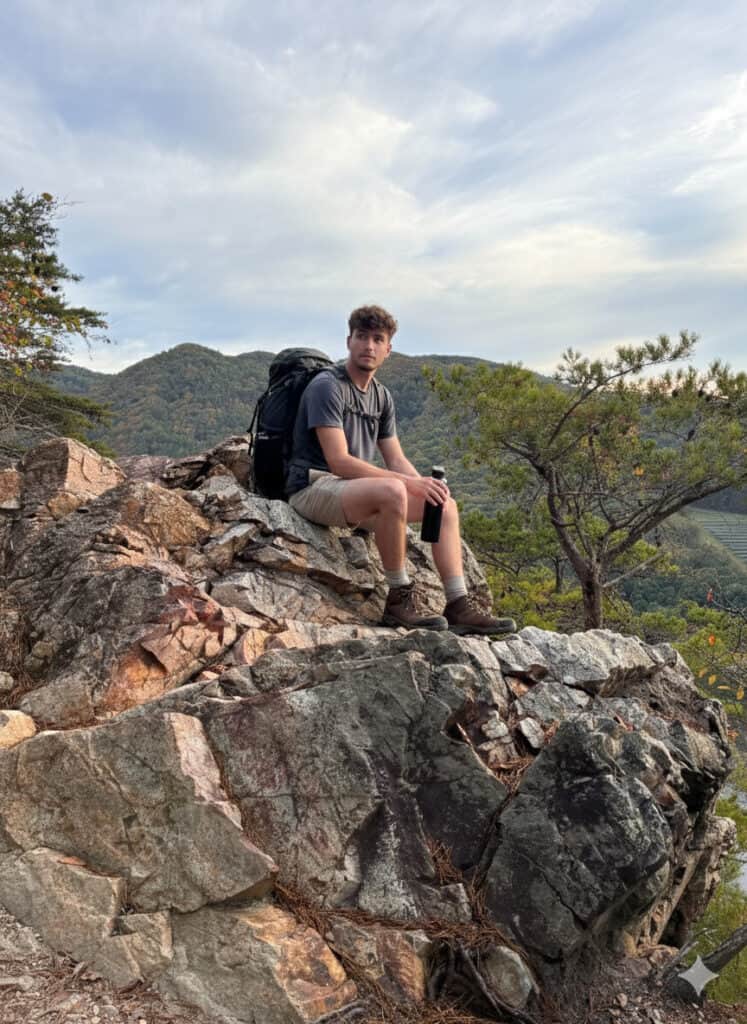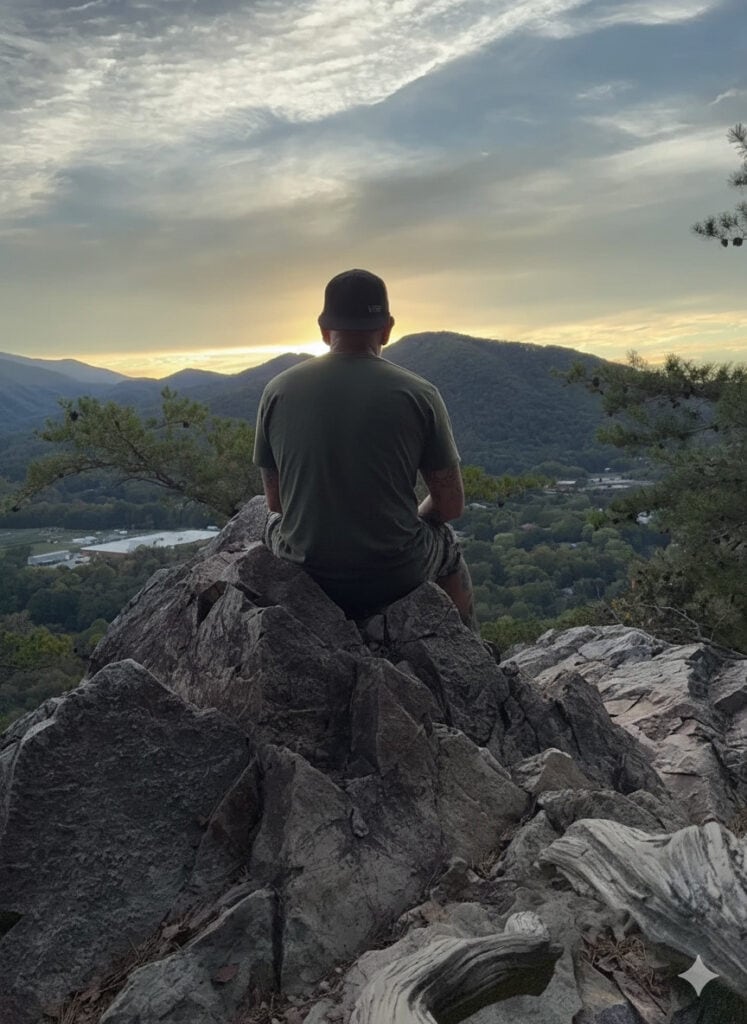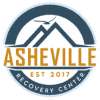How the trails of Asheville are helping people reconnect with themselves and build a new path forward.

One of the best things about being in Asheville is that you can walk outside and feel something shift. The air is cleaner, the world feels bigger, and for a lot of people in recovery, that’s exactly what they need space to breathe again.
At Asheville Recovery Center, we’ve made hiking a regular part of our program. It’s not just to get fresh air or move our bodies (though those are part of it). Our guided hikes give clients something that’s hard to create inside four walls a chance to reconnect with themselves, others, and the world around them.
Why Hiking Works So Well in Recovery
Addiction pulls people inward. It isolates. It shrinks your world until it’s just you and whatever you’re using to get by. One of the biggest parts of healing is getting that connection back to people, to nature, to something bigger than yourself.
“There’s something about being outdoors that makes this easier. No distractions, no noise, no screens. Just the sound of boots hitting dirt and wind moving through trees.”
Research has backed this up for years. Time spent in nature helps lower stress, boost mood, and improve focus. But it’s more than science. You can actually feel it happen when you step onto a trail. Shoulders drop, breathing slows, and for the first time in a while, you feel grounded.

A Hike is a Lot Like Recovery
Every trail starts the same way, you at the bottom, looking up, unsure of what’s ahead. You know it won’t be easy, but you also know it’ll be worth it. That’s recovery in a nutshell.
There are hard climbs, muddy parts, and moments where you want to turn back. Then you round a corner and the view opens up. You realize how far you’ve come, even if you’re not at the top yet. That’s the power of guided hikes: they let clients feel what progress looks and feels like in real time. We don’t have to spell out the metaphor. It clicks on its own.
Real Conversations Happen Naturally on the Trail
Some of the most honest moments in treatment happen halfway up a mountain. There’s something about walking next to someone that makes it easier to talk. You’re both focused on moving, not trying to find the perfect words. It’s quieter, less intimidating.
We’ve seen clients open up on hikes in ways they never did in group therapy. Sometimes it’s just a few sentences, sometimes it’s a breakthrough. Either way, it happens naturally. When people talk while moving, it’s easier for their minds and bodies to stay connected. It’s like the trail helps carry some of the weight.

Movement Brings Healing Back to the Body
Addiction wears people down. Physically, emotionally, mentally. A lot of clients come in feeling disconnected from their bodies tense, tired, or out of touch with how they feel. Hiking helps rebuild that connection. Moving, sweating, breathing fresh air, it’s simple, but it matters.
When clients finish a trail, they often say the same thing: “I didn’t think I could do that.” That feeling of accomplishment is powerful. It’s a reminder that strength doesn’t just come from willpower. It comes from consistency, patience, and showing up for yourself. That’s what recovery asks for too.
Mindfulness Without Forcing It
Mindfulness gets thrown around a lot in therapy, but hiking makes it practical. You can’t help but be present when you’re watching where your feet land, feeling the air shift, or listening to a stream nearby. The trail naturally pulls you into the moment. That’s mindfulness. You don’t have to sit perfectly still or close your eyes. You just have to notice what’s happening.
Clients often come back from hikes calmer, clearer, and more centered. It’s not magic, it’s the brain and body doing what they’re designed to do when given a break from chaos.
Nature as a Mirror for Growth and Community
Nature has a way of teaching without talking. A tree growing out of a rock. A broken branch that still has green leaves. A stream that changes direction but keeps moving forward. Clients notice these things, and they often see themselves in them. Those reflections turn into deeper conversations later in therapy. The trail becomes a reference point for personal growth.
Hiking also brings people together. When clients hike as a group, they help each other up steep sections, share water, and laugh when things get tough. That’s community in action. Those shared experiences remind clients that they’re not alone, and that it’s okay to lean on others.
Why Asheville Is the Perfect Place for This
We’re lucky to live in one of the most beautiful places in the country. Our guided hikes explore different trails in Pisgah National Forest, along the Blue Ridge Parkway, and other local favorites like Craggy Gardens and Mount Pisgah. All hikes are led by trained staff who understand both the therapeutic and physical sides of recovery. Every outing is planned around safety, support, and purpose.
“Out there, you’re not your addiction. You’re just a person walking up a mountain, one step at a time. That’s what recovery really is, movement, effort, and grace in motion.”
The Trail Is the Therapy
Recovery isn’t just about talking through things. It’s about feeling, doing, and experiencing life in a new way. Hiking helps make that happen. Every time we take a group out, we see people come back a little lighter. They smile more. They laugh easier. Something shifts. The trail reminds people that they can move forward, even when the path is steep. And sometimes, that’s the most important lesson of all.
Start Your Journey With Us
At Asheville Recovery Center, we believe healing happens everywhere in therapy, in community, and out in nature. If you or someone you love is ready to take that first step toward recovery, we’ll meet you on the trail.






